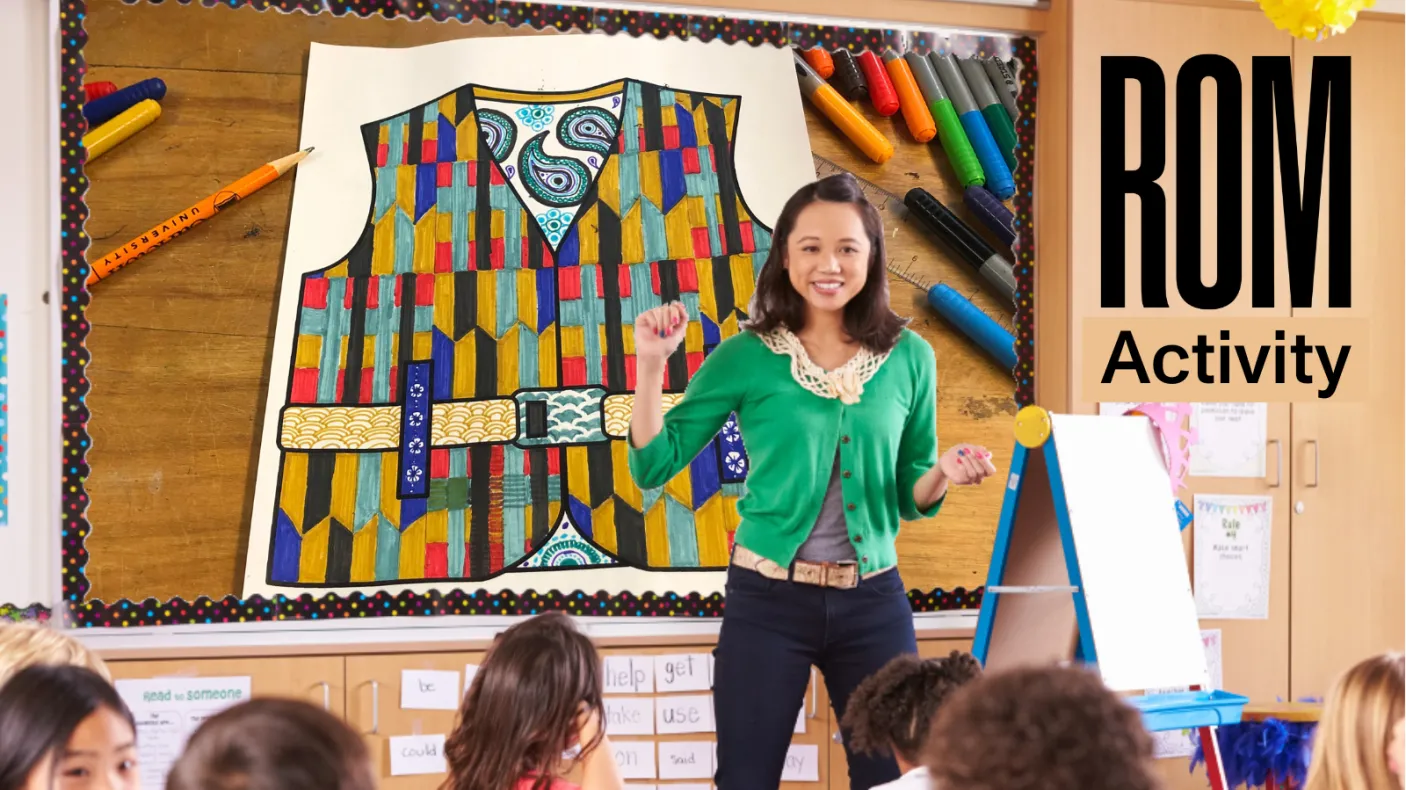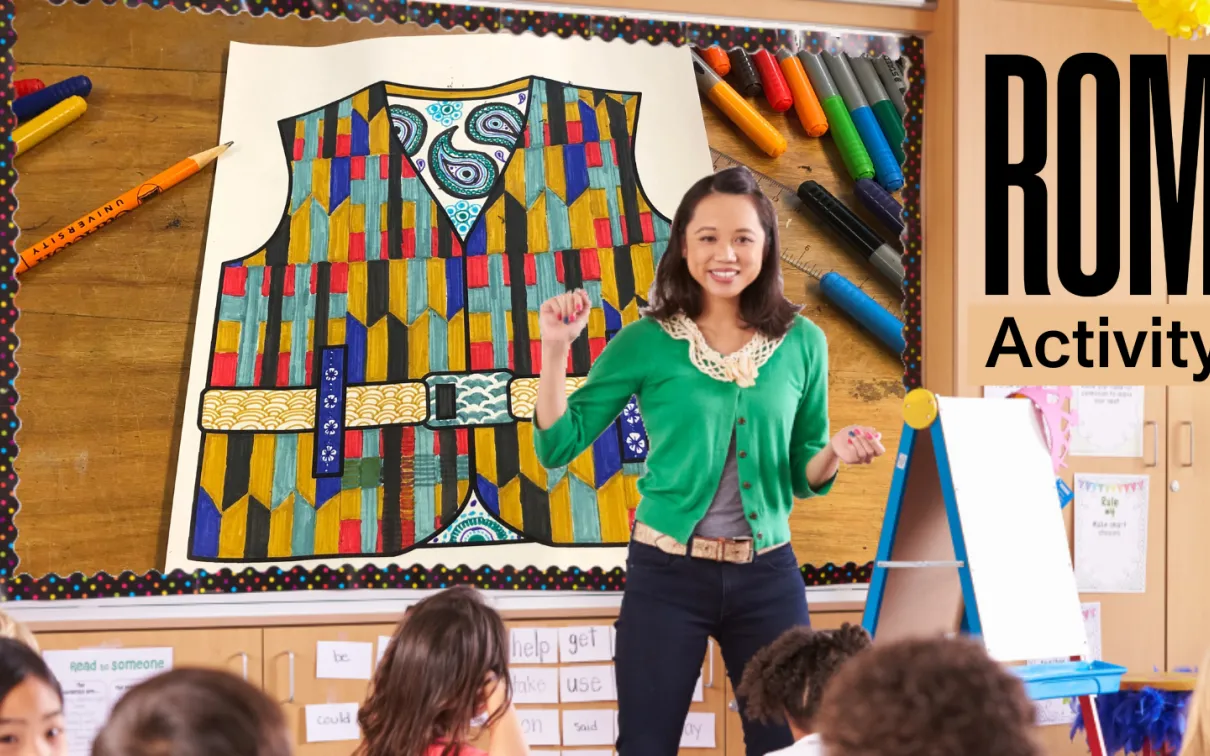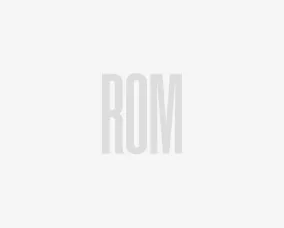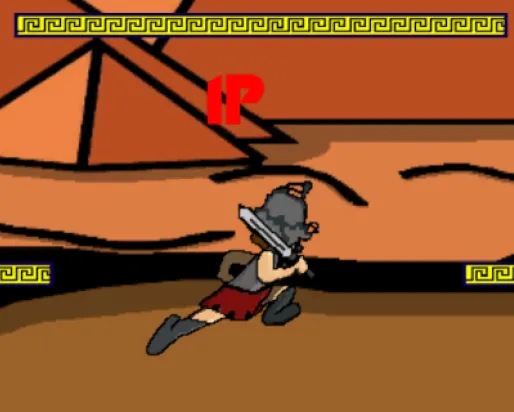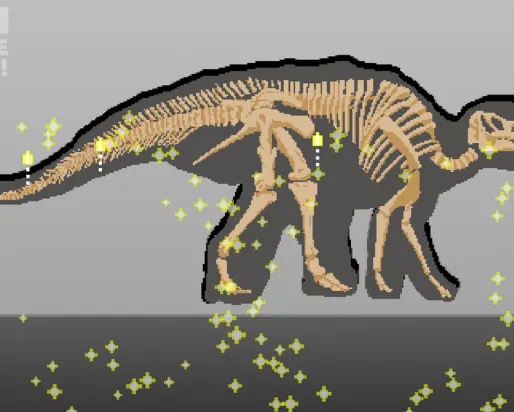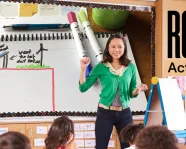Activity: Sustainable Style: Design a Lifer
Category
Duration
Audience
Age
Grades
About
What if artist Noelle Hamlyn invited you to add your own Lifer to the Lifers exhibition?
You can also download this activity as part of our Sustainable Style Workbook[link coming soon]
Getting Started
Sustainable Style is inspired by the Lifers exhibition at ROM created by artist Noelle Hamlyn.
In 2019, Noelle collected some life jackets that had washed up on a beach, and these life jackets inspired the idea behind Lifers.
Noelle found previously used clothing in thrift stores and other places, and tailored them to cover the life jackets.
By connecting these two objects, Noelle invites people to think about:
Our relationship with the clothes we wear
The impact of the fashion industry on water and climate change
What we should consider important to us as the climate continues to change
Imagine that Noelle invited you to add your own Lifer to this exhibition. What would you design?
Context
Learning Goals
- Find personal connections in the immersive experience of Lifers.
- Reflect critically on the lifespan of our clothing and the impact the fashion industry has on water quality and climate change.
- Create an artwork in a medium of choice that explores this reflection in connection with a personal item of clothing.
- Explain the meaning behind the artwork in an artist’s statement.
Background Information
When Noelle is creating a Lifer, she thinks about the style of the clothing, how it was originally meant to be worn, how it was made, what the worn spots say about how its original owner wore it, and how it was decorated.
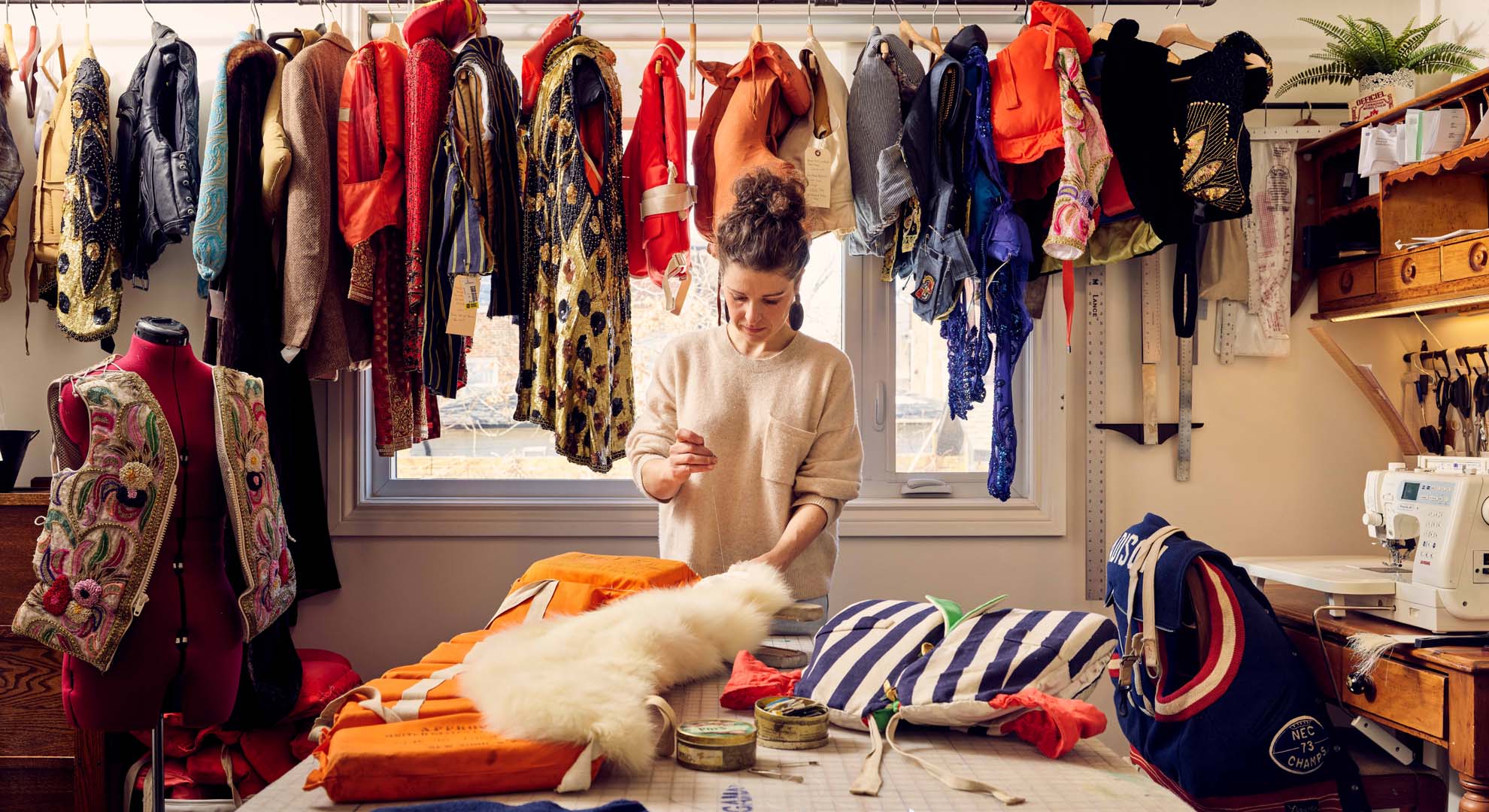
Noelle wants to remind us that every piece of clothing holds a story worth preserving, and Lifers help to tell that story.
At the same time, Lifers also make us think about how the ways we make and use our clothes affects the Earth around us, The effects of the fashion industry affect water, the climate, the workers involved, and the waste we produce.[Sustainable Style Tour]
By putting the effort into creating something like a Lifer, we can train ourselves to think more carefully about how our actions affect these “Four Ws,” and how we can imagine better climate futures.
Materials & preparation
Materials
- Sustainable Style Tour
- Design a Lifer worksheet [Google] [Word] [PDF]
- Pencil
- Eraser
- Colouring tools (marker, paint, etc.)
- Glue or glue sticks
- Fabric scraps (optional)
- Digital design tools (optional)
Preparation
- Prep and print materials
Dig Deeper
Follow-Up
Thought Questions:
- What do you wonder about clothing and fashion?
- What did you discover about clothing by exploring the Lifers exhibition?
- How can clothing help tell someone’s story?
- How can art inspire change?
Extension Activities
Do one of the other activities in the Sustainable Style series, or explore the Sustainable Style Minecraft world [coming soon]
Glossary
Lifer: A salvaged life jacket covered with tailored, previously-used clothing. Lifers are meant to remind us of our relationship with material goods like clothing and the impact of that relationship on the Earth and its climate.
Sustainability: The ability to balance the needs of the present without compromising the ability of future generations to meet their own needs.
Climate Change: A significant, long-term change in the world climate, which can be brought about by either human or natural factors.
Climate: The characteristic weather conditions within a region, including temperature, precipitation, wind, and other variables, averaged over a number of years.
Fast Fashion: Clothing and accessories based on the latest fashion trends, produced very quickly for mass-market purchase. Clothing is often cheaply made but low-cost, encouraging repeated bulk buying by consumers.
